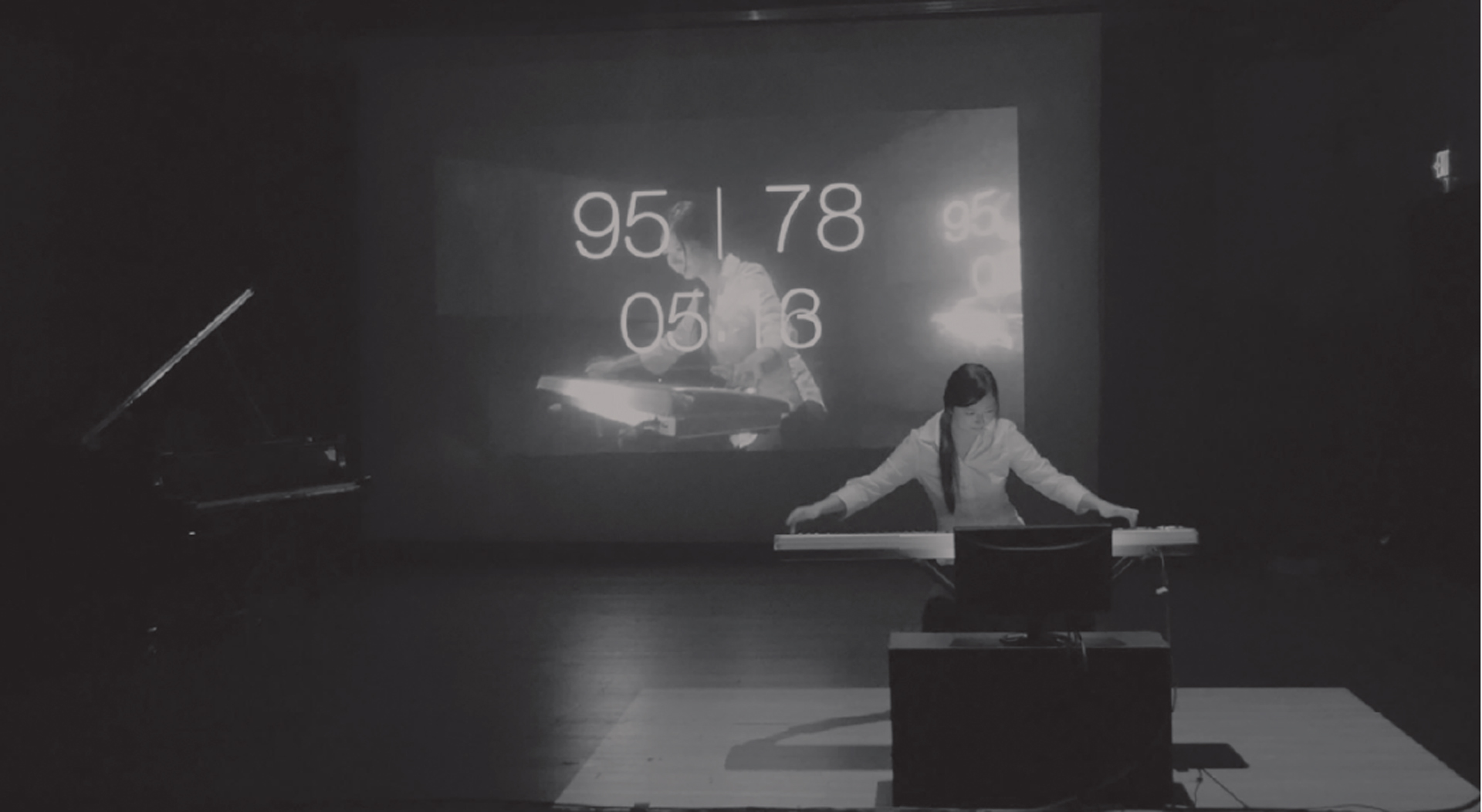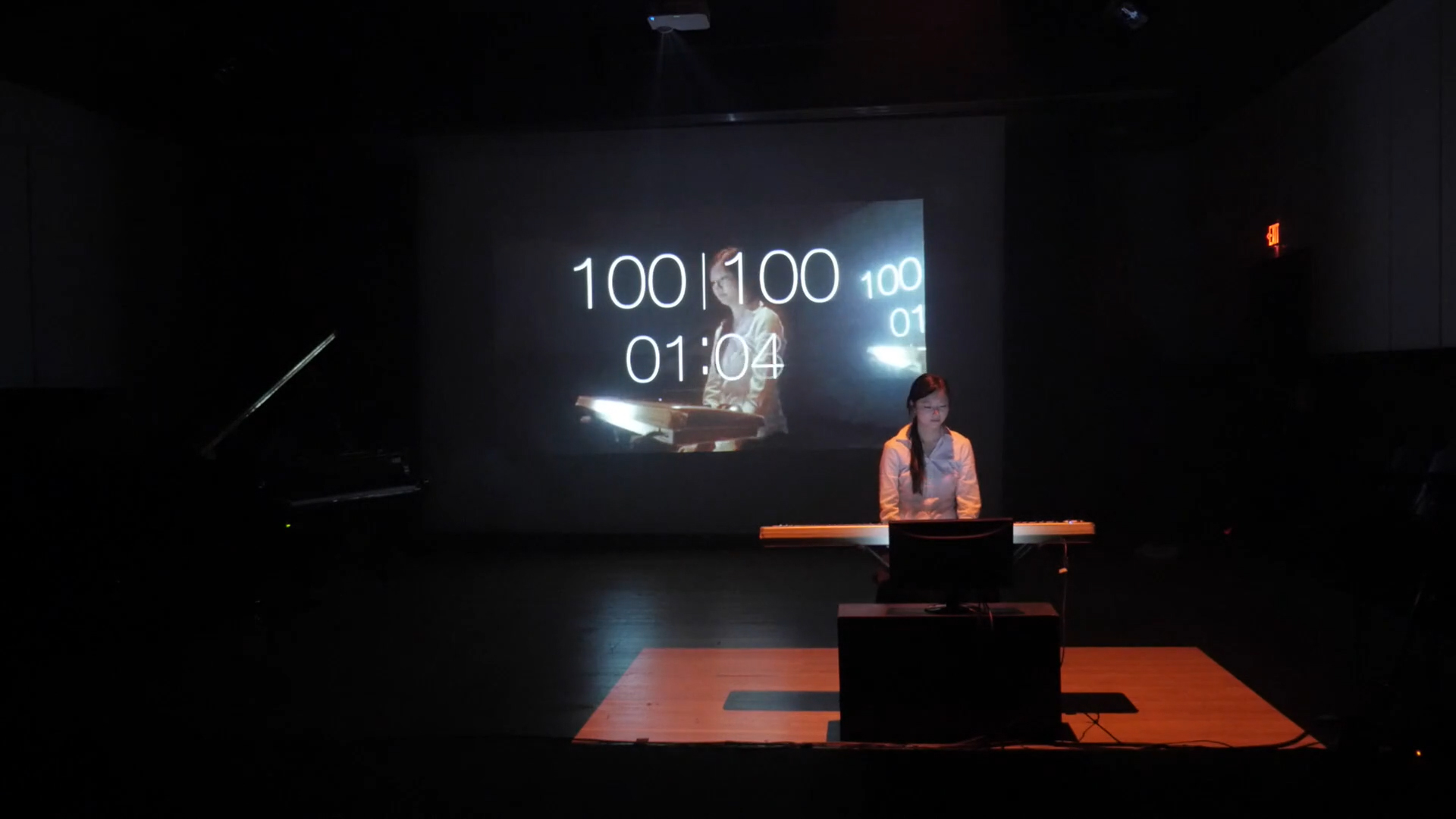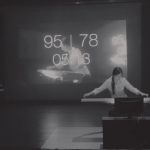“Foxconn Frequency (No. 2)” by Remy Siu, Paul Paroczai
Title:
- Foxconn Frequency (No. 2)
Artist(s) and People Involved:
Exhibiting Artist(s):
Symposium:
- ISEA2016: 22nd International Symposium on Electronic Art
-
More artworks from ISEA2016:


Creation Year:
- 2015
Medium:
- Multi-media performance
Duration:
- 21:00
Artist Statement:
Foxconn Frequency (No. 2) — for one visibly Chinese performer investigates the consequences of disconnecting action and labour from sound. Using the poetry of Xu Lizhi (許立志) -a former Foxconn worker- as a structural blueprint to move through a series of dictations and testings, the piece seeks to create a space for failure and stakes. The most obvious and clear negation is the purposeful disconnection between the musician and her instrument. The use of technology here is meant to disrupt, instead of enable; to create a space of new possibilities through subtraction. For the core of the piece, a system was devised to “test” the performer’s competency with multiple exercises. This system calls these exercises (or “gestures”) differently every performance, keeping the performer present and engaged through-out the piece. The performer must execute these gestures successfully under shifting parameters that determine overall difficulty before progressing forward. This creates a scenario for the player to fail. While traditional scores have created difficulty, a software-driven system allows for new permutations. The generative and responsive nature of the system subverts any attempt for the performer to prepare.
The struggle becomes real and perceptible, a part of the piece as it unfolds. There are many reasons for the restriction of “one visibly Chinese performer.” In music composition, we often specify instruments (e.g for solo violin), but almost never the body itself. By making this distinction, it is my intention to draw focus to the performer’s identity, to engage the eyes as well as the ears, and to bring attention to the “extra-musical,” shifting the mode of audience perception to multiple modalities. It felt necessary to specify race when confronting the narratives of Foxconn and Xu Lizhi’s poetry, as it is the Chinese body at work. The piano, an iconic Western object, is an equal presence to the body, acting as the main resonator and origin of most sounds. They are separated by physical distance, allowing us to see these two entities as separate, and not together (as in most concert music), and to explore this reconfigured space.







